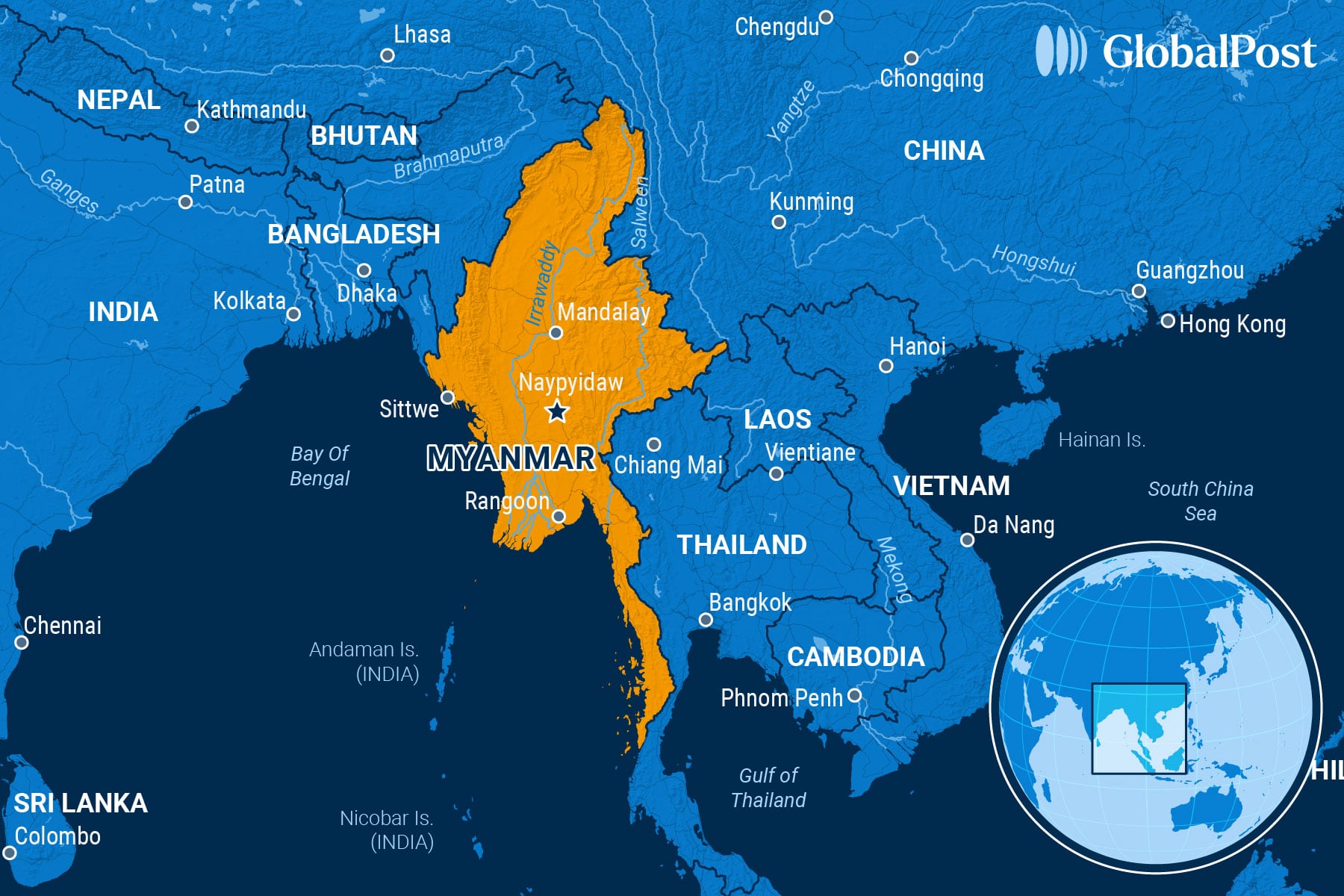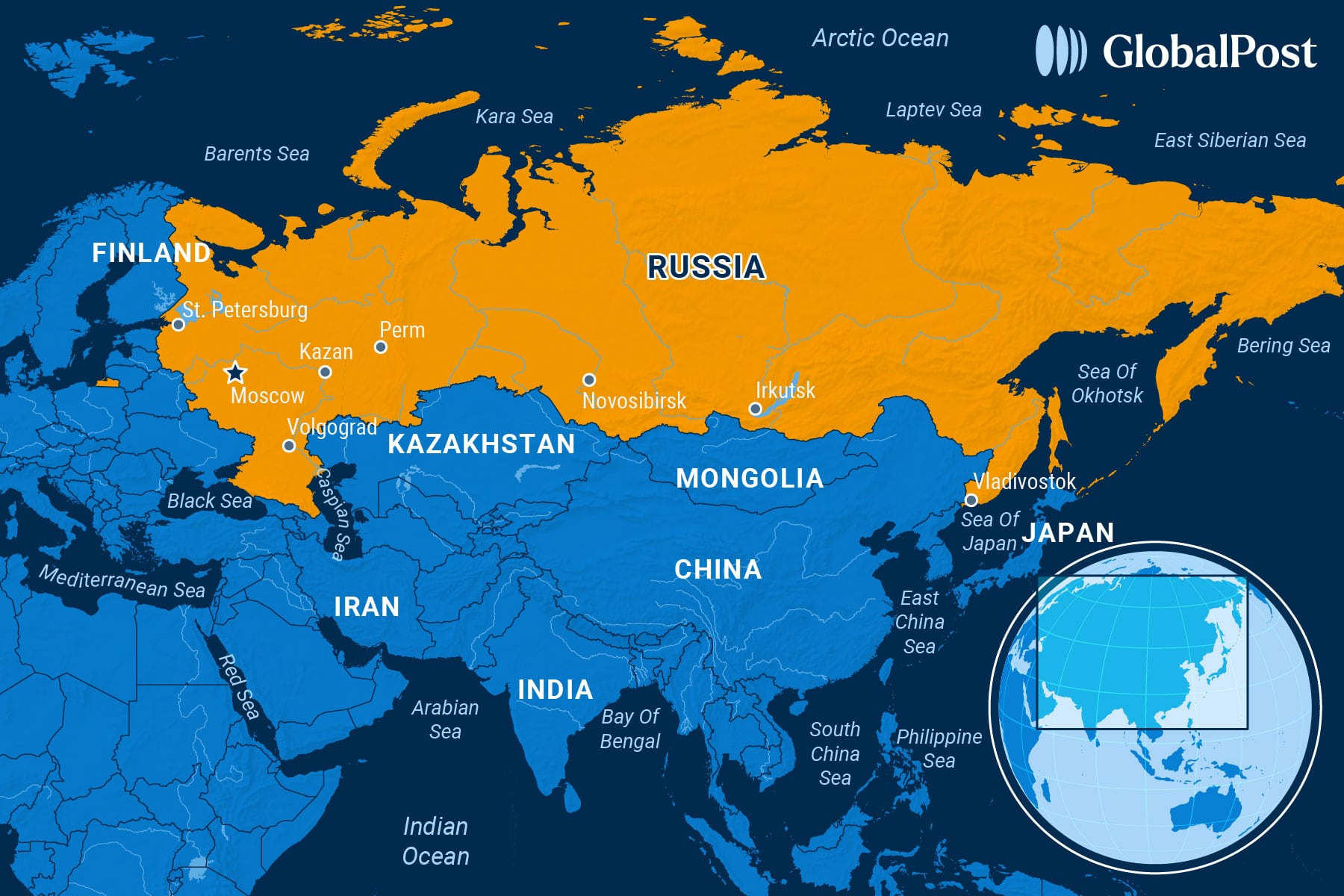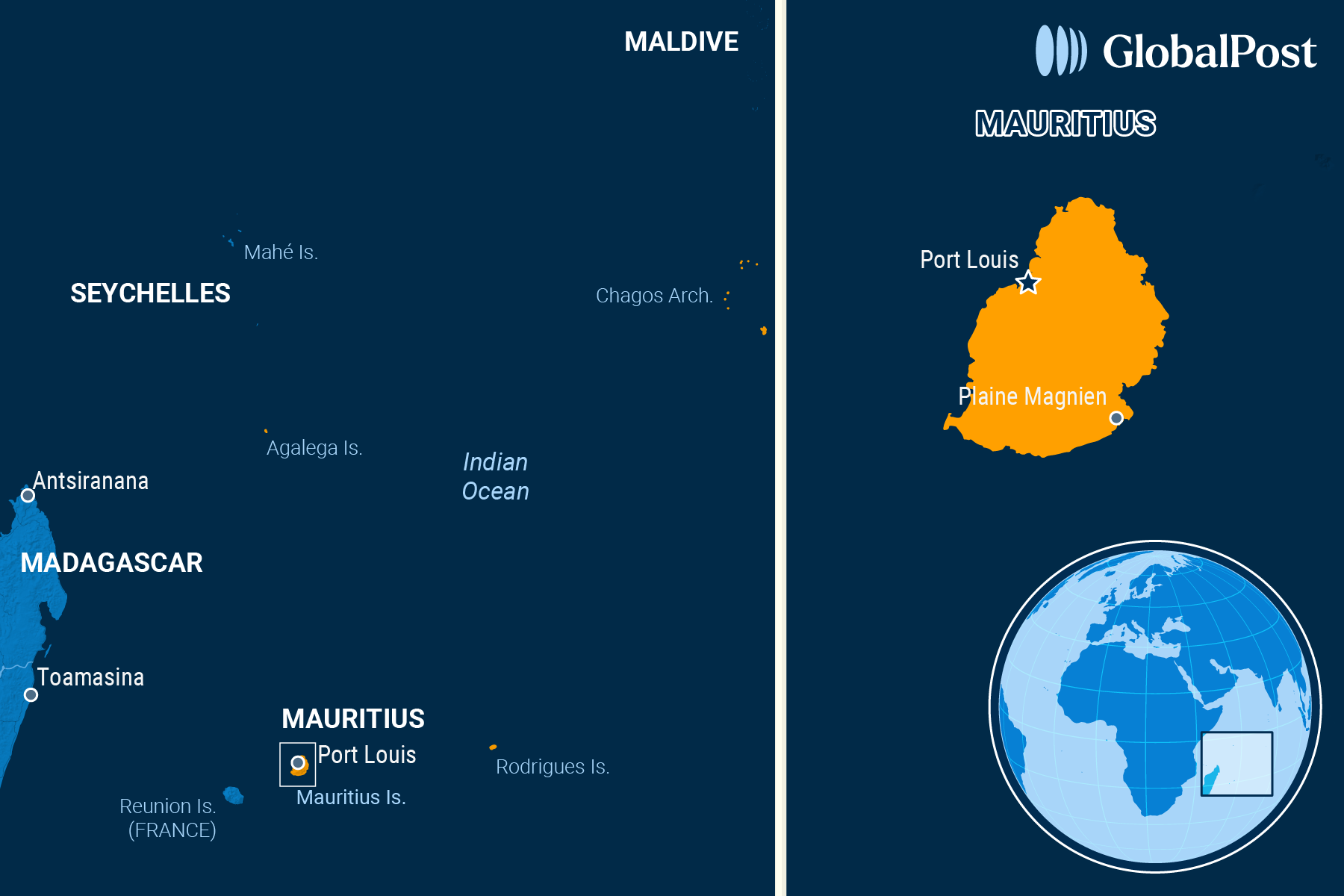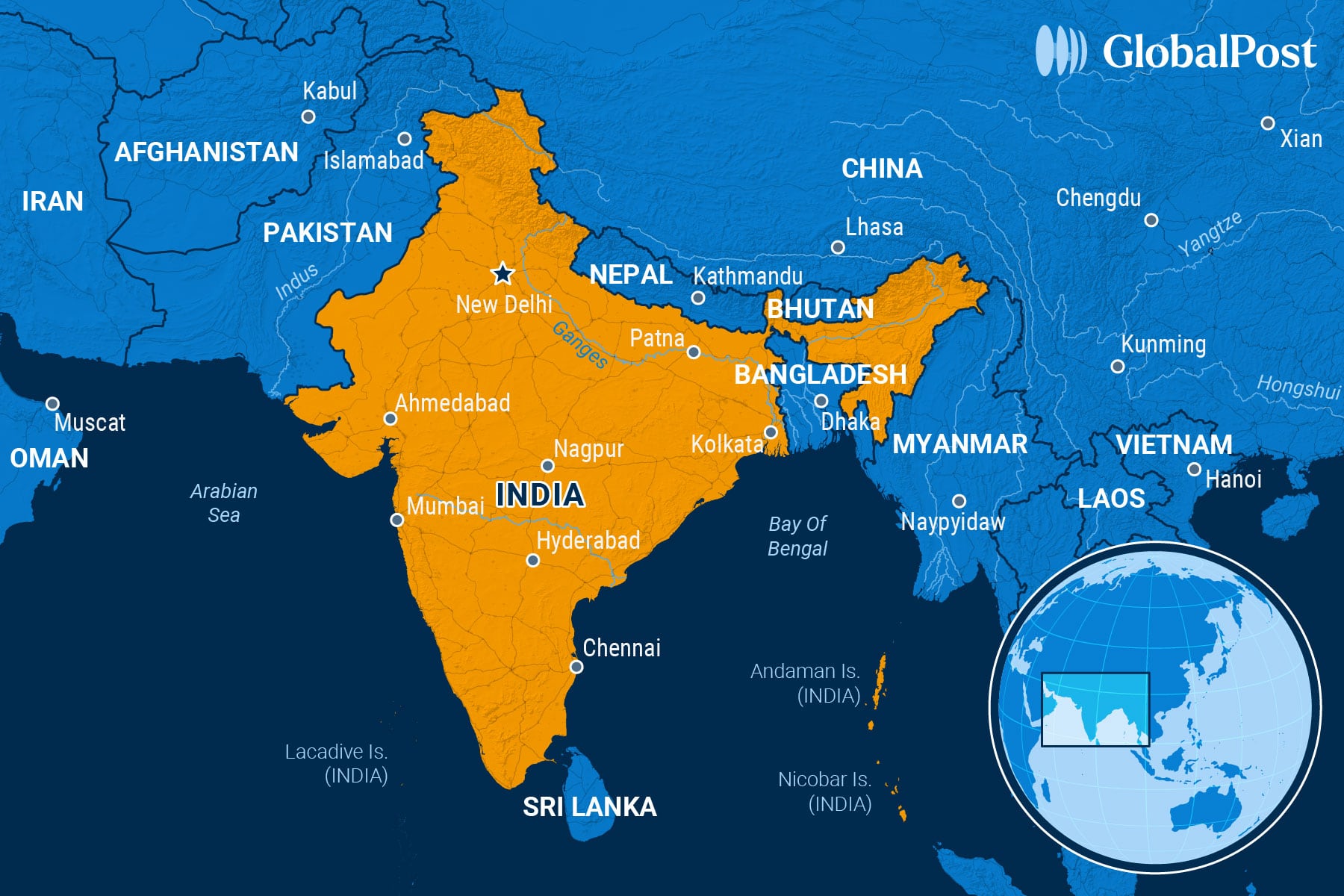The Omen: An Earthquake, Say Locals, Foretells the End of Myanmar’s Junta
NEED TO KNOW
The Omen: An Earthquake, Say Locals, Foretells the End of Myanmar’s Junta
MYANMAR

For the past four years, the military junta that rules Myanmar has been battling multiple rebel factions to hold on to the country in a civil war that has ripped the country apart.
Tens of thousands of people have been killed in the fighting, millions more have been displaced. The economy is in ruins, and the country has been grappling with a currency crisis and spiking inflation. About 20 million people in the country of 54 million are in desperate need of humanitarian aid.
Then came an earthquake.
Last Friday, a 7.7 magnitude earthquake ripped through the center of the country, hitting the second-largest city, Mandalay, and its surroundings, including the capital of Naypyidaw. It collapsed buildings, bridges, and roads, killing an estimated 3,000 people, with more than 4,500 injured. That number is expected to rise, say Myanmar officials. Almost 500 people are missing.
The disaster has left thousands of people homeless and others sleeping outside out of fear. “Having lived through the terror of the earthquake, people now fear aftershocks and are sleeping outside on roads or in open fields,” said aid officials from the International Rescue Committee in Mandalay. “However, in towns and cities, safe spaces are scarce.”
The quake was so powerful that it was felt as far as the Thai capital, Bangkok, about 800 miles away, where it brought down a skyscraper and killed at least 20 people.
In the days following the earthquake, residents picked through the rubble of high-rises and pagodas with their bare hands in search of survivors, while countries such as China and Russia sent help – both countries are allies of Myanmar’s military junta.
Still, most countries were struggling to get aid in, stymied by the collapse of the air traffic control tower and runways at Naypyidaw International Airport. They were also wary of the expected aftershocks, structures continuing to collapse, and the instability of the situation – a country in the middle of civil war where the fighting is complicating aid and rescue efforts.
That Myanmar’s ruling generals, led by President Min Aung Hlaing, requested foreign assistance underscores the severity of the situation given the junta’s years of international isolation, said analysts. Still, the government knows it hasn’t even been able to provide regular trash collection or other basic services to residents in years, partly because so many civil servants fled the regime to rebel-held areas.
At the same time, it’s those civil servants along with disbanded civic organizations, that would have been the ones to help survivors of the quake and deliver aid, wrote the Washington Post.
Meanwhile, the country’s shadow National Unity Government (NUG) – the deposed elected government in exile, which coordinates the various rebel groups fighting the junta – declared a two-week, unilateral, partial ceasefire to facilitate emergency relief operations across quake-hit areas, the Associated Press reported.
Its ceasefire, which took effect two days after the quake, meant that its armed wing, the People’s Defense Force, would halt offensive operations in affected areas and cooperate with international agencies to ensure the safe delivery of aid.
The junta, meanwhile, continued their airstrikes the day after the earthquake in Karin and Shan states and other areas near the epicenter of the quake.
“It’s outrageous and unacceptable,” United Nations Special Rapporteur Tom Andrews told the BBC, warning that the strikes would hinder rescue and aid efforts. “The incredible damage that’s going to be created, first of all, (and then it is) just a diversion of people having to deal with this military operation, and divert relief operations — but obviously if you’ve got bombs being dropped from the sky while you’re trying to rescue people, it’s nothing short of incredible.”
Myanmar’s civil war erupted after the military seized power from Aung San Suu Kyi’s elected government in February 2021, arresting elected officials and sparking mass protests. The junta’s crackdowns on demonstrators elicited public outrage and helped the resistance movement – supported by some ethnic armed groups, which is pushing for a return to democracy.
Over the past year, three ethnic-based armies have gained ground against the Myanmar central government’s forces along with the People’s Defense Force.
These gains have put pressure on the junta, Newsweek wrote. The junta controls less than a quarter of the country now. Its forces are weak, and it has had to deal with both soldiers and civilians abandoning it.
This situation has led analysts to speculate for the past few months whether the junta was nearing collapse, even before the earthquake hit the country.
Still, it is holding on. Earlier this year, the junta began to redouble its efforts to increase the number of men – and now women – drafted into the military: Many young civilians are trying to flee the country to avoid conscription. As a result, Frontier Myanmar magazine detailed how some young people are being kidnapped and forced to fight.
“The country’s youth have never faced threats to their survival and future as severe as today,” wrote Nyi Nyi Kyaw of the University of Bristol in the Conversation.
Still, the people of Myanmar are very superstitious, even the leader of the junta. And historically, disasters in the country have been seen as “cosmic judgments against evil and unjust rulers,” the Lowy Institute noted. As a result, some locals believe the quake spells the end of Myanmar’s military rule.
“Min Aung Hlaing has run out of luck,” a retired member of Myanmar’s military told Al Jazeera. “Nature itself is now punishing him – the earthquake is a sign of his downfall.”

THE WORLD, BRIEFLY
A Call to Arms: Russia Institutes Draft Amid Faltering Ceasefire Negotiations
RUSSIA

Russian President Vladimir Putin ordered this week the conscription of 160,000 Russian men into the army, the largest draft initiative in more than a decade, which comes as US-brokered ceasefire talks with Ukraine flounder, Newsweek reported.
The move is part of Moscow’s spring conscription drive, with Ukrainian officials describing it as the largest one in 14 years – up from 150,000 last year and 134,500 in 2022 when the Ukraine war began, Agence France-Presse wrote.
From April 1 until July 15, Russian men between the ages of 18 to 30 years old who are called up will be required to serve in the military.
The new conscripts will not only replenish Russia’s armed forces but also replace those who have completed their service.
The Kremlin says the conscripts will not be sent to the battlefield. However, Ukraine’s Center for Countering Disinformation accused Russia of forcing new soldiers to “voluntarily” sign contracts that eventually send them into combat zones, Politico noted.
The draft’s timing and size prompted questions about Russia’s commitment to diplomacy and willingness to end the war in Ukraine.
In the draft decree, Putin also ordered Russia’s military to expand to 1.5 million active personnel by 2026 – an increase of around 180,000 troops.
Meanwhile, Kyiv has accused Moscow of dragging on the negotiations to reinforce its position on the battlefield.
Last week, Ukrainian President Volodymyr Zelenskyy alleged that Russia is preparing a large offensive to seize more land in Ukraine to “negotiate … from a stronger position.”
The new conscription order comes after years of steady military losses and concerns of draft dodging. Around 700,000 Russians reportedly left the country in 2022 after a draft order was initiated, according to the Conversation.
Meanwhile, independent Russian journalists recently confirmed the names of more than 100,000 Russian soldiers killed since Moscow began its invasion of Ukraine in February 2022.
Even so, Ukraine says the Russian death toll is nearly 900,000 soldiers.
In contrast, Ukraine’s military losses amount to at least 46,000 killed and more than 380,000 wounded, according to Ukrainian authorities.
Neither country has ever confirmed its losses.

UK and Mauritius Reach Deal Over Chagos Islands
MAURITIUS/ CHAGOS ISLANDS

The United Kingdom is getting ready to transfer sovereignty of the Chagos Islands, its last African colony, to Mauritius, now that US President Donald Trump has signed off on the UK’s handover of the disputed territory that is home to a major US military base, the Guardian reported.
According to the proposed deal, Mauritius would gain sovereignty of the Chago Islands while allowing the US and the UK to continue operations at the military base on one of the islands for an initial period of 99 years, with British taxpayers bearing the cost, according to the BBC.
In exchange, the UK would lease back Diego Garcia, the largest atoll in the Indian Ocean archipelago and home to the military base, for about $116.4 million per year for 99 years, with the possibility to extend the deal for an extra 40 years, wrote the Financial Times.
The plan to hand over sovereignty of the Chagos Islands, officially known as the British Indian Ocean Territory, was initially announced last October but was stalled following elections in Mauritius and in the US, as both countries saw in new administrations.
Initially, the US expressed concerns over the handover related to national security, considering Mauritius’ ties with China. However, UK officials said India is a more influential regional power and that Mauritius is one of the few countries in the region that refused to take part in China’s Belt and Road Initiative.
Last month, Trump opted to back the deal.
While the Conservatives, the UK’s main opposition party, are critical of the deal, British Prime Minister Sir Keir Starmer said it is “extremely important” to the country’s security.
The Indigenous Chagossians, forcibly removed from the archipelago by the UK in the 1960s and of which many now live in the UK, say they were not consulted on the agreement. Under the draft deal, funds would be allocated to help displaced islanders return to their islands – except Diego Garcia – but details remain unclear, according to the Associated Press.
Two women born on the Chagos Islands, both British citizens, are suing the UK government over the agreement, saying it will make it harder for them to return to their birthplace once Mauritius takes over the territory. Their lawyers have argued that it was unlawful to exclude Chagossians from deciding the future of their islands.
The Chagos Archipelago was split off from Mauritius in 1965, when the country was still a British colony. The UK then purchased it. Even so, Mauritius argued it was forced to give it away as part of a deal to get independence. In the late 1960s, the UK invited the US to build a military base on Diego Garcia, removing thousands of people from their homes on the island. In recent years, the UK has come under international pressure to return the island to Mauritius.

The Fear Factor: India’s Hindu Lawmakers Debate Regulating Muslim Endowments
INDIA

Indian lawmakers on Wednesday began debating a controversial bill that aims to change the administration of billions of dollars’ worth of endowments donated by Indian Muslims over centuries, the BBC reported.
The Waqf bill, made up of dozens of amendments to a 1995 law regulating the administration of endowments, is being pushed by Prime Minister Narendra Modi and is up for debate in the lower house of parliament.
A waqf is a traditional Islamic charitable foundation to which a donor gives property, often but not always real estate, for religious or charitable purposes. These gifts can’t be sold or used for other purposes, meaning that waqf properties belong to God.
In India, waqfs oversee 872,000 properties spanning one million acres, valued at about $14 billion. Some endowments date back centuries and are used as mosques, seminaries, graveyards, and orphanages.
The bill, the government says, will introduce transparency into how the endowments are managed. They say a change is necessary because the current opaque system allows for corruption.
However, critics argue that the law will undermine the constitutional rights of Indian Muslims and could become a pretext to confiscate historic mosques and other property from India’s largest religious minority.
Critics also say the bill gives the government enormous power to regulate the management of the endowments and to decide if and when a property qualifies as a waqf.
Waqf properties are currently managed by semi-official boards staffed by Muslims, similar to bodies that administer other religious charities. The new bill requires two non-Muslims to be appointed to the boards, a requirement opposed by critics: They note that most non-Muslim religious institutions do not allow followers of other faiths in their administration, the Associated Press explained.
The bill would also require waqf boards to receive approval from a district-level officer to confirm the waqf claim of property. Opponents fear this would undermine the board and lead to Muslims being stripped of their land.
Modi’s ruling Bharatiya Janata Party (BJP) does not have a majority in the legislature but could depend on allies to pass the bill. Still, opposition parties and Muslim groups say the bill is discriminatory, politically motivated, and an attempt by Modi’s BJP to attack the minority’s constitutional rights.
Many Muslims acknowledge issues such as corruption and mismanagement in the overseeing of the endowments. However, they fear it is just one more attempt to strip the minority group of rights and wealth, especially considering the rising attacks on minorities, with Muslims increasingly targeted for their food, clothing, and for interfaith marriages.
According to a 2013 government survey, Muslims, who make up 14 percent of India’s 1.4 billion population, are the largest, but also the poorest minority group in the Hindu-majority country.

DISCOVERIES
A Lean, Mean Machine
Forget what the “Meg” movie franchise said about the ancient megalodon shark being a super-sized great white.
Scientists recently determined that the extinct behemoth more likely resembled an 80-foot lemon shark and sported a leaner, more elongated body better suited for energy-efficient cruising than for explosive sprints.
“Megalodon is not a simple, gigantic version of great white shark. I think that we really have to move away from that concept,” Kenshu Shimada, a paleobiologist at DePaul University and lead author of the new study, told CNN.
In their study, Shimada and his team compared partial fossil remains – particularly vertebrae – with the body proportions of 145 living and 20 extinct shark species. They found the best fit wasn’t the great white but the sleeker lemon shark.
Scaling up its proportions to megalodon’s size yielded a shockingly long predator of around 80 feet in length, without the stocky build previously assumed.
“The physics of swimming limit how stocky or stretched out a massive predator can be,” explained co-author Tim Higham in a statement. “You lead with your head when you swim because it’s more efficient than leading with your stomach.”
Beyond challenging Hollywood depictions, the findings may help explain why some marine animals, such as blue whales, grow so massive while others hit a size ceiling.
“Gigantism isn’t just about getting bigger – it’s about evolving the right body to survive at that scale,” Sternes said. “And megalodon may have been one of the most extreme examples of that.”
But the question of whether the megalodon was a steady cruiser or a burst-speed hunter remains open to debate, as well as what exactly did it look like.
“What we really need is the discovery of the complete skeleton,” Shimada told CNN. “The real test comes when we really have the complete skeleton, and then it will support or refute whether it was really skinny or stocky.”
